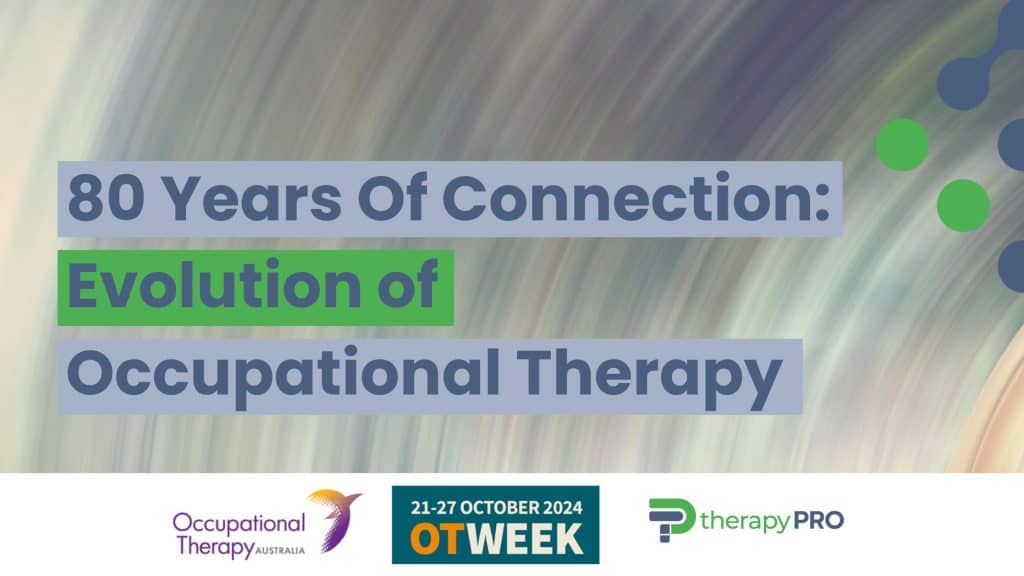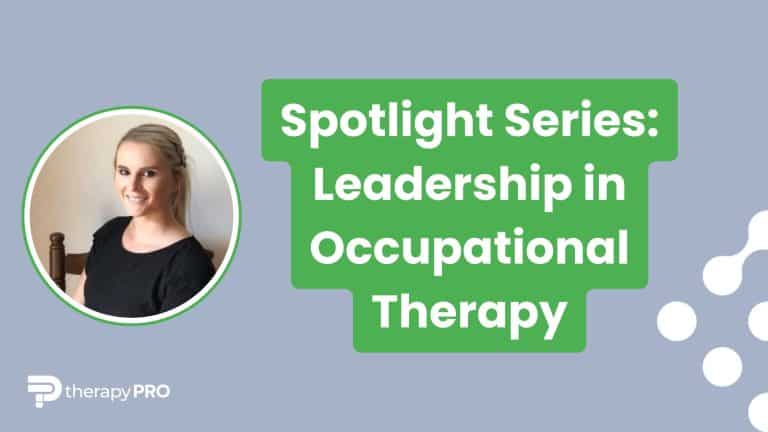It’s OT Week!
The theme this year is 80 Years of Connection! Join us over the coming days as we take a journey through the history of occupational therapy and its evolution over the years.
Although the OT profession has changed, the heart of what OTs do certainly hasn’t: OTs help you to do more of the things you love to do.
Today, we’re going back to the very beginning, when OT was first introduced in Australia.
Back in the early days, most OTs in Australia had to travel interstate or come from overseas to practice. It wasn’t until the mid-1940s that the profession started to get organised locally, with the first OT association established in 1945.
At that time, OTs were mostly found in the bigger city hospitals, helping veterans and patients regain independence after injury or illness.
Even though their work was limited to hospital settings, they laid the foundations for the profession we know today, helping people find new ways to live full and meaningful lives.
In keeping in line with working in a hospital setting, hear from Scott, one of our OTs, as he reflects on working in hospitals and the changes he’s experienced:
“As an Occupational Therapist with over a decade of experience, I’ve experienced how the profession has evolved in its approach to supporting people’s recovery and quality of life.
Early in my career, my focus was on helping people return home from the hospital after life-altering injuries. Today, I continue that journey, working alongside my clients to re-engage them in the activities they love to do, that bring meaning to their lives.
The introduction of the NDIS has transformed what we can achieve, shifting our approach from system-driven goals to client-centered care. It has expanded possibilities.
When I first started, there was limited recognition that people with disabilities could and should be supported to pursue lives beyond just managing at home. Many of the people I worked with were institutionalised, with few opportunities, and very little input that would help them. Now, it’s been exciting to see and be a part of the shift towards inclusion and independence, as clients are empowered to set and achieve their own goals.
Being part of this profession has been incredible; working with my clients as they realise their potential and watching them thrive in their communities.”
Curious about what happened next for OT? In our next post where we explore how OTs began reaching out to rural areas and setting up private practices to support more communities from 1964 to 1984!




